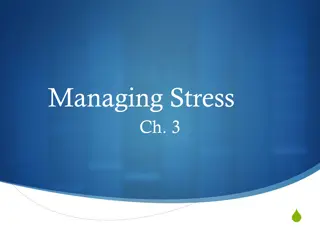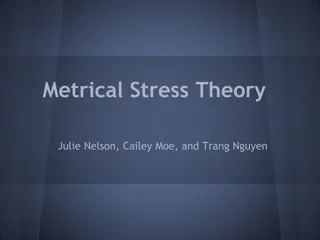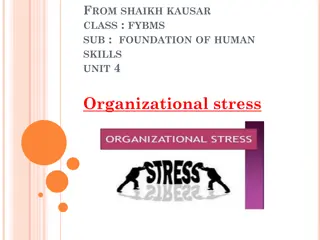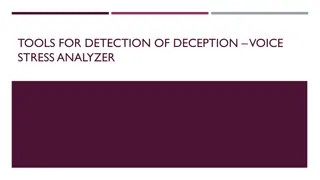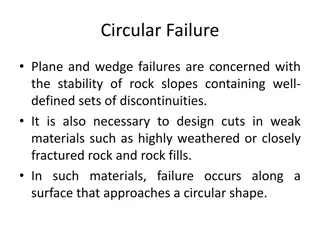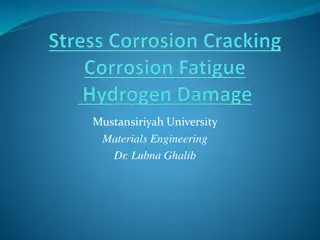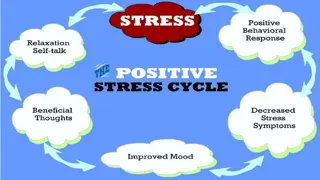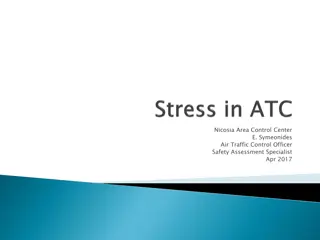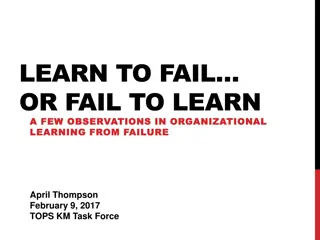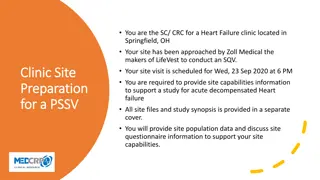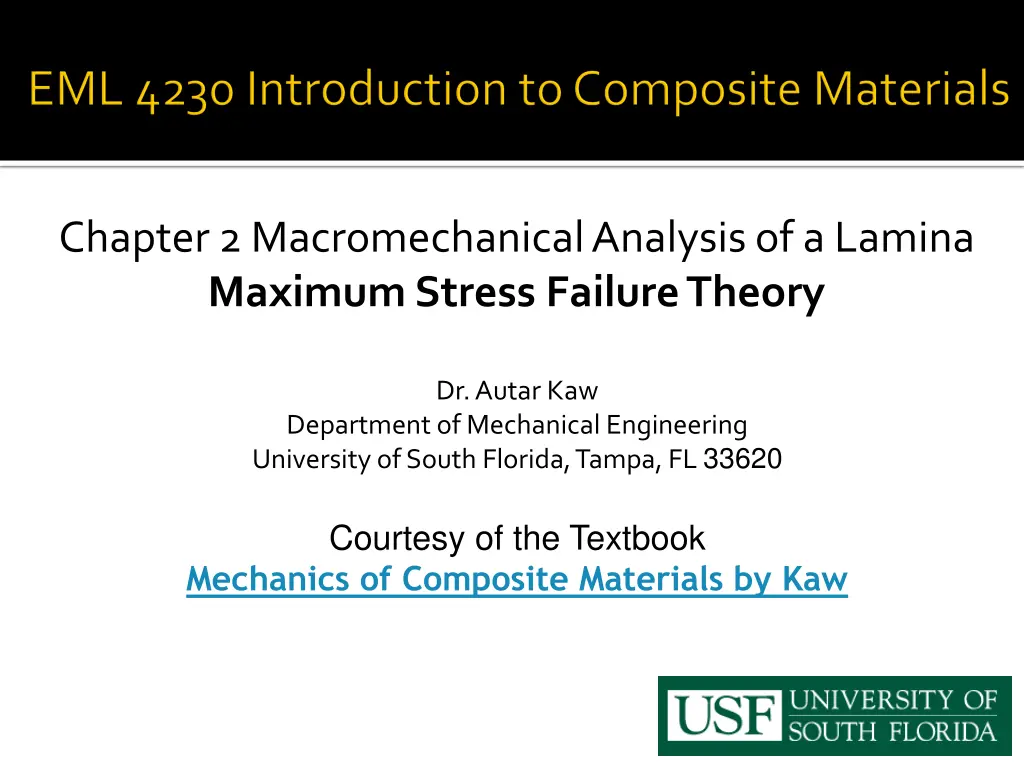
Macromechanical Analysis of a Lamina Failure Theory
Understand the failure theories based on normal and shear strengths in a unidirectional lamina, with a focus on the maximum stress failure theory. Learn how to calculate the maximum stress that can be applied to a Graphite/Epoxy lamina using the given properties and ultimate strengths. Utilize the inequalities of the Maximum Stress Failure Theory to determine the maximum stress limit before failure occurs.
Download Presentation

Please find below an Image/Link to download the presentation.
The content on the website is provided AS IS for your information and personal use only. It may not be sold, licensed, or shared on other websites without obtaining consent from the author. If you encounter any issues during the download, it is possible that the publisher has removed the file from their server.
You are allowed to download the files provided on this website for personal or commercial use, subject to the condition that they are used lawfully. All files are the property of their respective owners.
The content on the website is provided AS IS for your information and personal use only. It may not be sold, licensed, or shared on other websites without obtaining consent from the author.
E N D
Presentation Transcript
Chapter 2 MacromechanicalAnalysis of a Lamina Maximum Stress Failure Theory Dr. Autar Kaw Department of Mechanical Engineering University of South Florida, Tampa, FL 33620 Courtesy of the Textbook Mechanics of Composite Materials by Kaw
The failure theories are generally based on the normal and shear strengths of a unidirectional lamina. In the case of a unidirectional lamina, the five strength parameters are: ( )ult 1 T Longitudinal tensile strength ( )ult 1 C Longitudinal compressive strength ( )ult 2 T Transverse tensile strength ( )ult 2 C Transverse compressive strength ( )ult In-plane shear strength 12
The lamina is considered to be failed if: ( ) ult 1 1 ( ) ult 2 2 ( ) ult 12 12 ( ) 1 ( ) ( C T , or ult C T 2 , or ult )ult 12 is violated. Note that all five strength parameters are positive numbers. Each component of stress does not interact with each other.
= = = 2 , 3 , and 4 S S S Find the maximum value of S>0 if a stress of is applied to a 60o lamina of Graphite/Epoxy. Use Maximum Stress failure theory. Use properties of a unidirectional Graphite/Epoxy lamina given in Table 2.1 of the textbook Mechanics of Composite Materials by Autar Kaw. x y xy FIGURE 2.33 Off-axis loading in the x-direction
The stresses in the local axes are 0 2500 0 7500 0 8660 2 . . . S 1 0 7500 0 2500 0 8660 3 = . . - . - S 2 0 4330 0 4330 0 5000 4 - . . - . S 12 1 0 . 1714 10 1 0 2714 = - . S. 10 1 0 4165 - . 10
The ultimate strengths of a unidirectional Graphite/Epoxy lamina are: ( MPa, 1500 1 = ult ( MPa, 1500 1 = ult ( MPa, 40 2 = ult ( MPa, 246 2 = ult ( ) MPa. 68 12 = ult ) ) ) ) T C T C
Then using the inequalities of the Maximum Stress Failure Theory: 6 1 6 1 10 ( 10 ( 10 ( 68 or, 1500 246 ) 1714 . 0 2714 . 0 4165 . 0 10 ( ( 10 ( ) 1500 40 10 ( 10 ( 10 ( 68 ), ), 0 . 1714 S ) S 10 1 6 1 6 ) 10 S 1 0 2714 = - . S. 10 2 6 1 6 ) ) ), 1 0 4165 - . 10 12 6 6 875 ( 1 . 10 ) 875 ( 1 . 10 ), S 6 6 14 16 73 . 33 . 10 ( 10 ( ) ) 90 16 64 . 33 . 10 ( 10 ( ) S S 6 6 ). S 0 0 16 33 . MPa. S All the inequality conditions (and The above inequalities also show that the angle lamina will fail in shear. The maximum stress that can be applied before failure is: MPa, . = MPa, . x x 99 48 66 32 = )are satisfied if 65 32 = . MPa. xy

